Leading market players invested heavily in research and Development (R&D) to scale up their manufacturing units and develop technologically advanced solutions, which will help the Low Foam Surfactants Market grow worldwide. Market participants are also undertaking various organic or inorganic strategic approaches to strengthen and expand their footprint, with significant market developments including new product portfolios, contractual deals, mergers and acquisitions, capital expenditure, higher investments, and strategic alliances with other organizations. Businesses are also coming up with marketing strategies such as digital marketing, social media influencing, and content marketing to increase their scope of profit earnings.
The Low Foam Surfactants Market must offer cost-effective and sustainable options to survive in a highly fragmented and dynamic market climate.
Manufacturing locally to minimize operational expenses and offer aftermarket services to customers is one of the critical business strategies organizations use in the Low Foam Surfactants industry to benefit customers and capture untapped market share and revenue. The Low Foam Surfactants industry has recently offered the Advanced Materials industry significant advantages. Moreover, more industry participants are utilizing and adopting cutting-edge Technology has grown substantially.
Major players in the Low Foam Surfactants Market, including Akzo Nobel N.V. (The Netherlands), BASF SE (Germany), Clariant (Switzerland), Evonik Industries AG (Germany), Croda International Plc (UK), Stepan Company (US), Huntsman International LLC (US), Kao Corporation (Japan), Galaxy Surfactants Ltd (India), Dow (US), Solvay (Belgium), Air Products and Chemicals, Inc (US), and Nufarm (Australia)are attempting to expand market share and demand by investing in R&D operations to produce sustainable and affordable solutions.
Verdant Specialty Solutions began as McIntyre Group during the 1970s, just beyond Chicago. They have grown over the years to become a worldwide surfactant leader, with offices in the United States and Europe. They confirmed the purchase of ParaFlow Power Solutions & DeForest Enterprises from Chemicals Services Group in July 2021. DeForest is a market leader in the surfactants sector, offering a wide range of chemistries such as phosphates esters, soluble in water inhibitors of corrosion, hydrotropes, both high and low foam amphoteric chlorine, and secure peroxide surfactants, low foam soaking representatives, and alkaline as well as acid-stable surfactants.
The business intends to expand its surfactants and specialty solutions in various markets with these acquisitions.
BASF SE is a multinational chemical corporation. The business's six segments are chemical, plastics, performance goods, functional solutions, agro solutions, and oil & gas. BASF manufactures and sells goods for the chemical, automobile construction, agricultural, oil, and materials for plastics, power, furniture, electronics, and paper sectors, as well as providing system alternatives and consulting. BASF SE (Germany) constructed a combined ethylene oxide facility in Antwerp, Belgium, in July 2018. The capacity for ethylene oxide synthesis will be increased, as will the capacity for various downstream compounds such as surfactants.
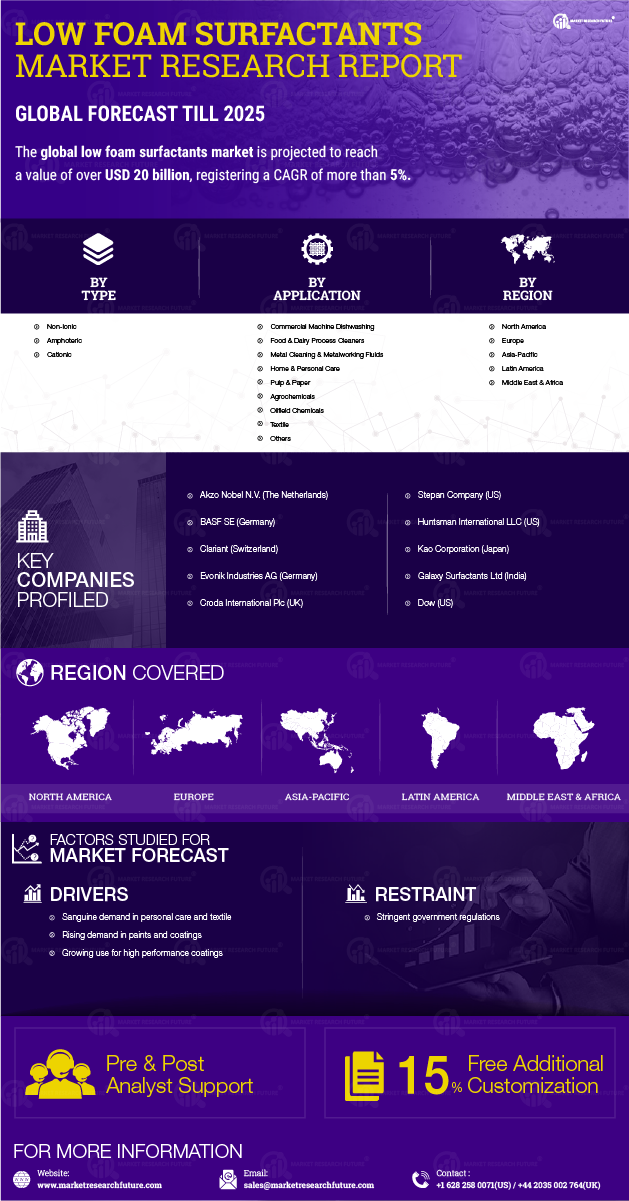

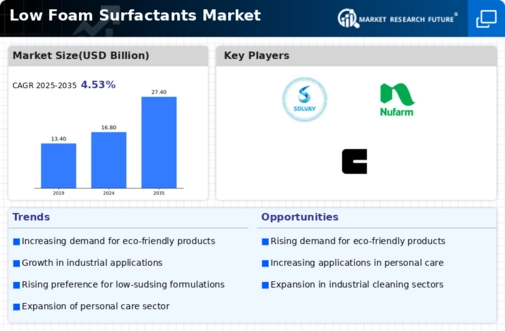
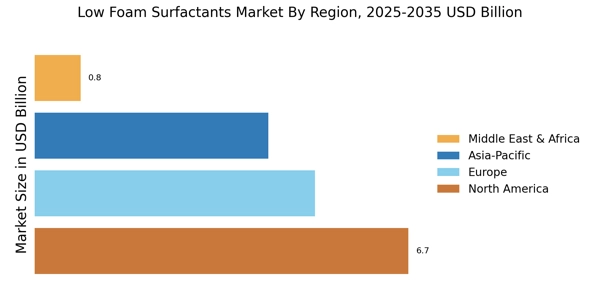

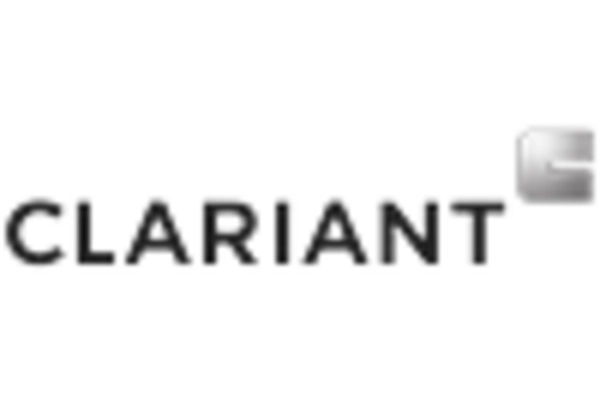



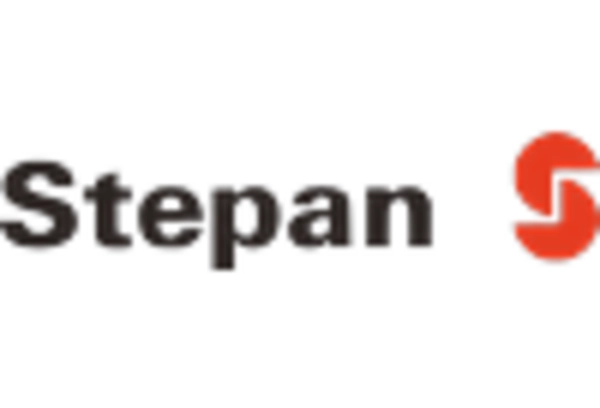








Leave a Comment